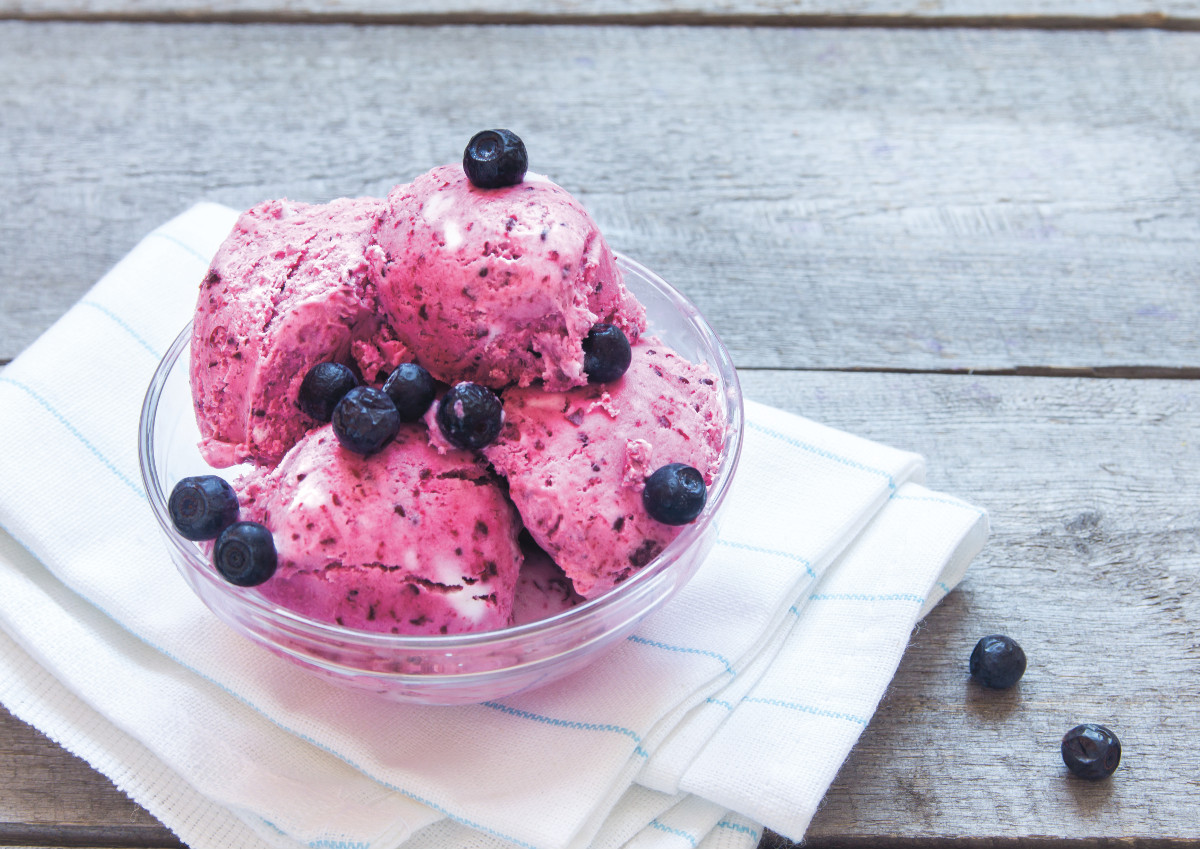
Frozen food is embracing the vegetarian and vegan trends from ready-to-eat meals and snacks to ice cream as consumers look for quality, convenient and easy to cook food in their dynamic lives. The dairy-free plant-based ice cream market is expected to more than double to 2.45 billion dollars in the next 10 years, according to Future Market Insights. The increase compares to one billion dollars by the end of 2017. Global consumption is estimated to reach 500,000 tons in 2027 from 194.500 tons this year, the report showed. Growing demand for dairy-free food from lactose-intolerant and health-conscious consumers has prompted manufacturers to use cow milk alternatives such as almond, soy, and rice while adding vegetables to the mix including fennel, ginger, celery and pumpkin let alone cauliflower and pepper.
US, Western Europe are market leaders
The United States is the leading market for plant-based ice creams followed by the UK, France, Sweden, Germany and Norway, according to Future Market Insights. Italian makers are also investing in premium ingredients and technologies to preserve the taste and quality of their world-renown creamy gelato and frozen meals. Some producers are also adding spirits such as vodka and champagne to frozen desserts, ice creams, and sorbets.
Advanced freezing
In order to retain the nutritive value and original taste of vegetables, producers are adopting freezing techniques allowing to preserve vitamins, minerals and antioxidant properties in frozen food. Owing to progress in manufacturing techniques, taste, and healthy properties, the frozen fruits, and vegetables market is forecast to reach a volume of around 30 million tons by 2022, up from 24 million tons in 2016. Europe and North America account for nearly two-thirds of the total global market share. Among the most popular frozen vegetables are potatoes and vegetable mix, which represent around a half of the total market share. Strawberries instead represent the most preferred frozen fruit, the report said.
